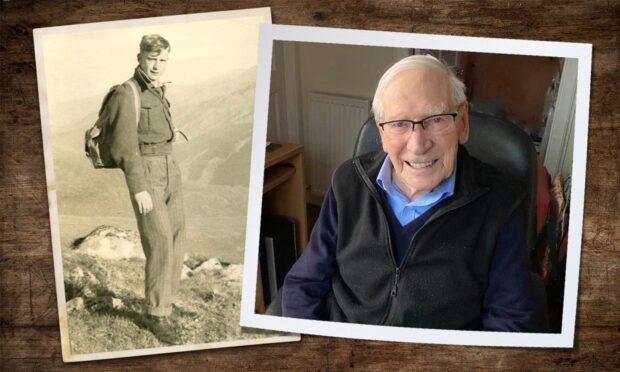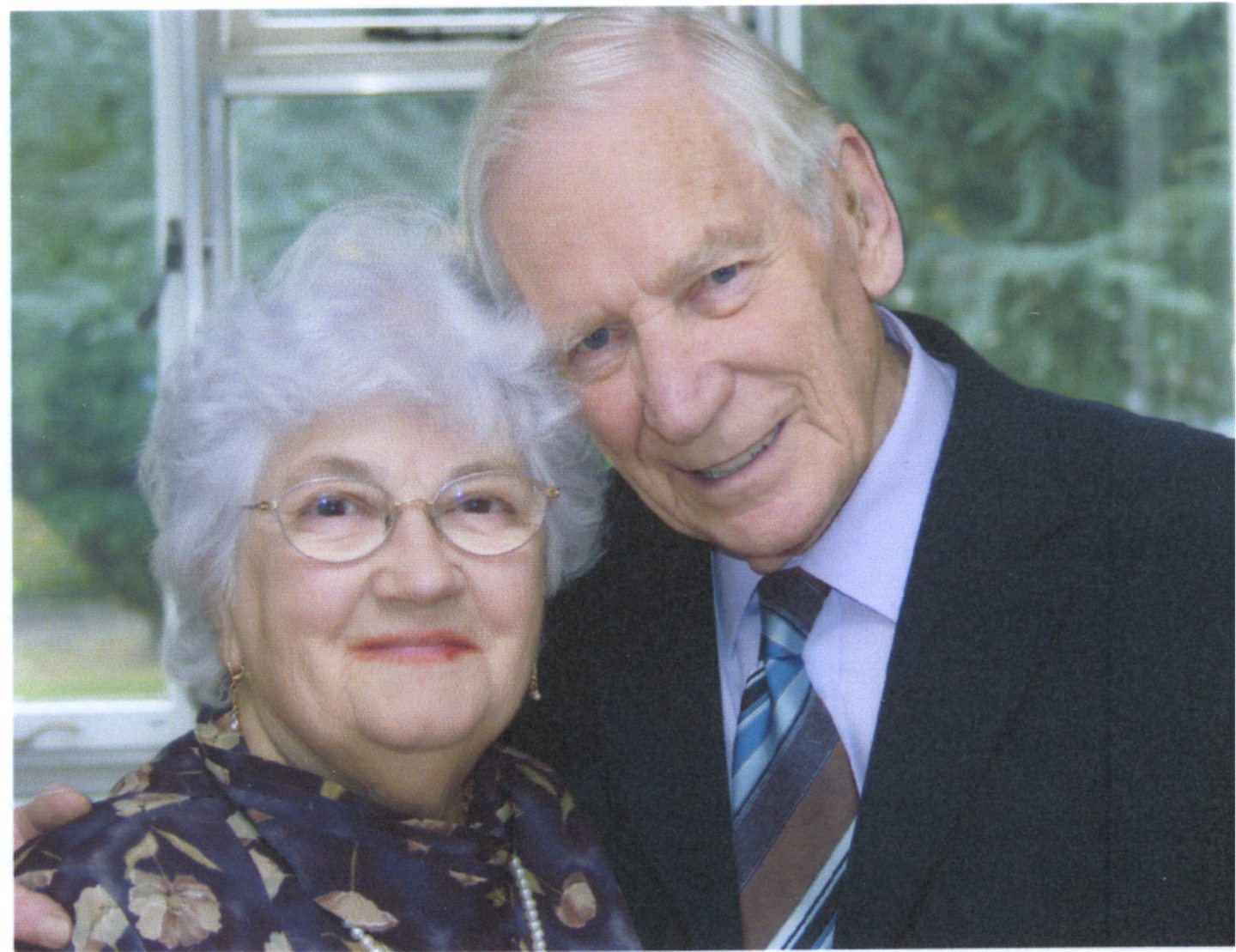William Rankin, one of the founding fathers of Glenrothes, has died aged 101.
He joined Glenrothes Development Corporation in the late 1950s to work on the development of what was Scotland’s second post-war new town.
William, a chartered surveyor, was heavily involved in land acquisition as well as the creation of Fife Airport. Together with his French wife, Clélie, William raised their four daughters in Glenrothes.
The couple had been married in the British Embassy chapel in Paris in 1953 by Rev Donald Caskie, the Tartan Pimpernel who helped thousands of service personnel escape occupied France during the Second World War.
William was born in Hamilton to Henry Rankin, the assessor for Lanarkshire, and his wife, Elizabeth (Cooper) and grew up with two older sisters and two younger brothers.
School captain
He was educated at Hamilton Academy where he was prefect-captain, excelled at athletics and played stand-off for the 1st XV, before graduating with a BSc in agriculture from Glasgow University.
In 1939 William was farming in Ayrshire for on-the-ground experience. He would reminisce fondly of his days working on the farm, despite these being war times.
He enjoyed the outdoor life and the physicality of ploughing with Clydesdales, early morning milking and the light-hearted banter with the farm hands.
His parents and young brother had temporarily moved to Wiston, South Lanarkshire, to be away from possible hostilities, his father’s experiences in the First World War being a great influence on all the family, and William would send his laundry home by train via Abington along with farm produce that could be spared.
In return his mother would send back his clean laundry with sweet treats and letters sending news of the family.
War service
While William was keen to join the Royal Air Force, being in a reserved occupation he was never called for duty but did join the Local Defence Volunteers (Home Guard) spending many nights on fire watch at civic buildings.
Not knowing what career path to take, he then joined the Scottish Agriculture College working at its centres around Scotland including Ayrshire, Inverness and Aberdeen, carrying out crop inspections and assisting farmers with bookkeeping. Eventually he decided to undertake further studies by correspondence to qualify as a chartered surveyor, like his father.
He met Clélie when she was holidaying with the family of a neighbour in Hamilton. After the war she had taken a position as an au pair at Manor Farm, Thrussington, near Leicester, with a Mr and Mrs Holmes, who trained the famous show jumping horse Foxhunter.
The family doctor, who was a close friend of William’s having grown up as neighbours in Hamilton, offered to take Clélie to Scotland on his annual leave.
He and his wife asked if William would take Clélie around the sights of Edinburgh. A whirlwind romance ensued with many outings and a trip to Manor Farm followed by an invite to Paris to meet her parents.
The couple were married at the British Embassy chapel in Paris in 1953 by Mr Caskie because the Scots Kirk was being renovated.
In 1959, after working with the Inland Revenue in Hamilton, William was invited to work in Ghana as a shopping centre for the proposed new town of Tema was being planned.
He spent time there travelling but when the authorities decided not to go ahead with this development, William took up his job in Glenrothes where he helped shape the growing community until his retiral in 1982 as depute commercial director.
His experiences and knowledge of working with the farming community in his younger days was a real asset as there were numerous negotiations to be had with landowners and tenants for the development of the town. He was highly regarded by and remained friends with those with whom he dealt with.
In retirement, William and Clélie travelled widely, spending months abroad at a time and making frequent visits to their daughter Michèle and her family in Canada.
On one of these trips in 2006 they met a taxi driver from Ghana who had news from a friend in Tema that the construction of the town centre had only just begun.
In his younger years, William had many outdoor pursuits including hillwalking and fishing which he continued to enjoy with his young family on weekly walking trips and annual holidays, frequently up in the Highlands and islands of Scotland, to fish remote lochs for trout.
After Clélie died in 2011, he moved to Muthill to live with his daughter, Lucile Black, also a chartered surveyor and a retired property policy adviser to the Scottish Government.
In his new home village, he became involved in a bridge group, whist club, the lunch club at the church and Muthill Monday Club.
He is survived by his daughters, Joyce, Elisabeth, Michèle and Lucile, eight grandchildren and six great-grandchildren.
You can read the family’s announcement here.



Conversation